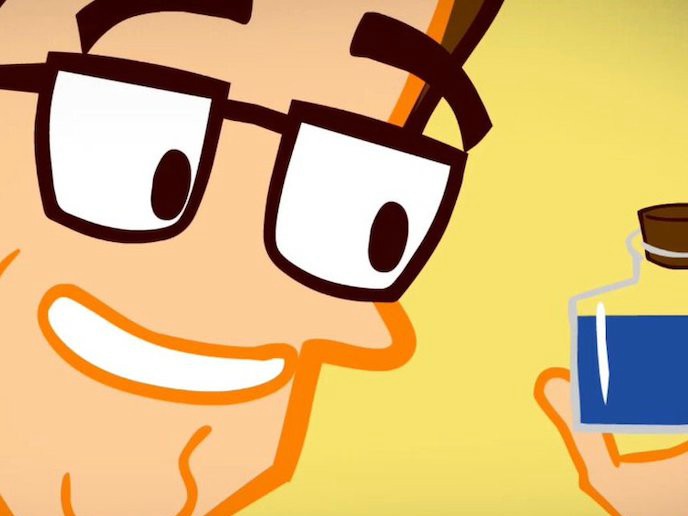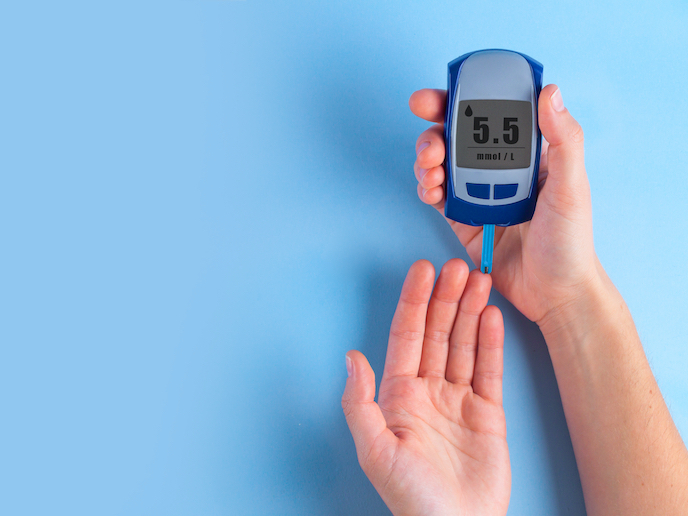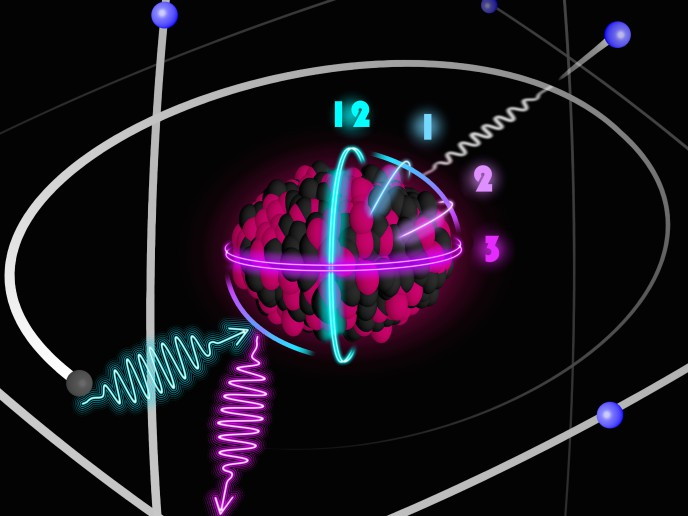Studying non-planetary objects orbiting the Sun
Our Solar System consists of eight planets and two so-called belts. The inner belt, called the Asteroid Belt, separates the four small, rocky planets from the four Gas Giants. The outer one, beyond Neptune, is called the Kuiper Belt. Many small bodies orbit the Sun in the inner and outer belts of our Solar System. Asteroids are small chunks of rock a few metres to a few kilometres in diameter too small to be considered planets. The Asteroid Belt is so named because the majority of asteroids orbit the Sun in this region between Mars and Jupiter. The Kuiper Belt contains thousands of small, icy, slow-moving objects of about 10–50 km in diameter beyond the orbit of Neptune and are called trans-Neptunians. Pluto is now considered to be one of these. Discovery of a vast amount of Kuiper Belt objects has resulted in a completely new view of our Solar System and the formation and evolution of planets. Because these small objects are likely remnants of the very early Solar System, scientists are keenly interested in their compositions. European scientists initiated the ‘Modeling the surface properties of small bodies of the inner and outer solar system’ (Astrosurface) project to derive characteristics of the top-most layers of these small bodies that lack atmospheres. They combined observational data of the objects obtained by various techniques (photometry, polarimetry and spectroscopy). The consortium then analysed the data through a combination of semi-empirical and numerical modelling to obtain the first systematic analysis of small bodies from the inner and outer parts of the Solar System. Results suggest that surface microscopic properties of inner and outer belt small bodies are quite different. Importantly, using asteroid-like models to describe trans-Neptunian objects may lead to false conclusions. In addition, studies on the polarisation of light by these bodies provide insight for deriving theoretical descriptions of light-scattering by atmosphereless surfaces. Astrosurface project results characterised surface properties of small objects in our Solar System that are likely remnants of its primordial beginnings. They will also be important in calibration, analysis and interpretation of data from future exploratory missions.







